When you step into a bowling alley, one of the first decisions you face is choosing your ball. A common question among beginners and even experienced players is: how heavy is a bowling ball? The answer varies, but standard weights range from 6 to 16 pounds. This variation exists because different bowlers need different levels of control, power, and comfort. As a result, understanding the weight helps improve performance and reduce injury risk.
The weight of a bowling ball affects speed, hook potential, and pin impact. Lighter balls are easier to handle. They suit younger players or those with less strength. Heavier balls deliver more force at the pins. However, they require better technique and physical ability. Therefore, selecting the right weight is crucial. In addition, knowing how heavy is a bowling ball allows players to train effectively. It also supports long-term skill development. Consequently, this guide will explore everything from youth sizes to professional preferences. You’ll learn about materials, drilling, and how weight influences gameplay. Let’s roll into the details.
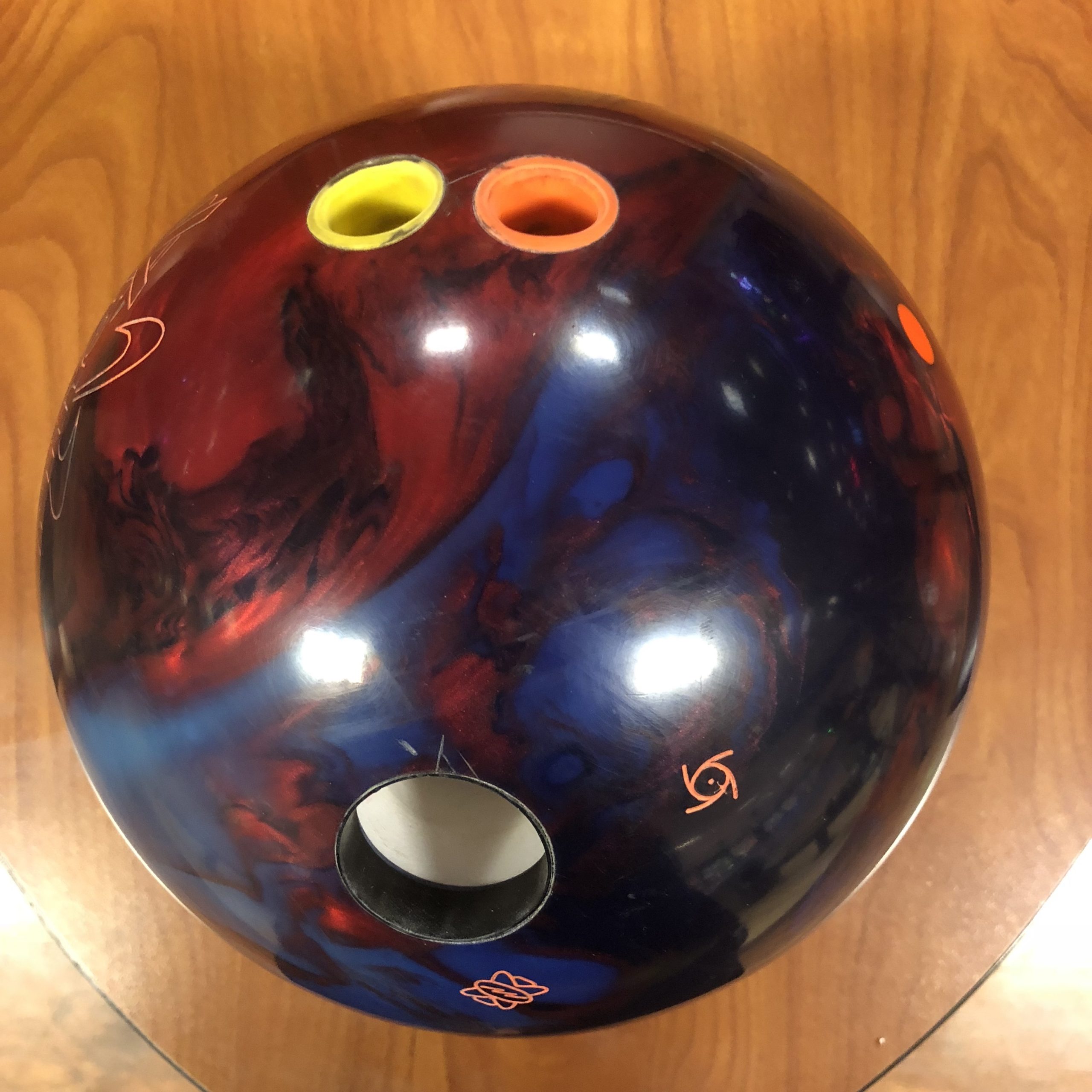 Standard Bowling Ball Weights and Who Should Use Them
Standard Bowling Ball Weights and Who Should Use Them
Most adult bowling balls fall between 10 and 16 pounds. The most common choices are 14, 15, and 16 pounds. Men often use 14 to 16 pounds. Women typically choose 10 to 14 pounds. These ranges reflect average strength and arm size.
Youth players start lighter. Children aged 6–9 usually use 6 to 10-pound balls. As they grow, their ball weight increases gradually. Coaches recommend adding one pound per year until reaching adult levels.
A general rule is to pick a ball that weighs about 10% of your body weight. For example, a 150-pound person might try a 15-pound ball. This ratio balances power and control.
However, comfort matters more than strict rules. Some strong players prefer lighter balls for faster swings. Others with less strength manage heavier ones through technique.
Bowling alleys provide house balls in various weights. These allow trial before buying. Test several options to find your ideal fit.
In short, how heavy is a bowling ball depends on age, strength, and experience. Matching weight to ability ensures better results.
How Weight Affects Ball Speed and Pin Carry
Ball weight directly impacts game dynamics. Heavier balls travel slower but hit harder. Lighter balls move faster but may lack knockout power. Therefore, finding balance is essential.
A 16-pound ball delivers maximum pin carry. It resists deflection upon impact. Pins scatter widely, increasing strike chances. Yet, it demands precise release and follow-through.
Lighter balls, like 12 or 13 pounds, offer higher speeds. Players can generate more revolutions. This boosts hook potential on oily lanes. Still, they may deflect more on corner pins.
Speed and weight interact closely. Fast throws with heavy balls strain shoulders over time. Slower, controlled releases reduce injury risk.
Also, lane conditions influence choice. On dry lanes, lighter balls skid less. On oily strips, heavier balls maintain path stability.
Players adjusting to new equipment should test both extremes. Try a 12 and a 15-pound ball in the same session. Compare reaction, fatigue, and accuracy.
Ultimately, the best weight maximizes consistency. It allows repeatable shots without exhaustion. So, consider how heavy is a bowling ball in relation to your style.
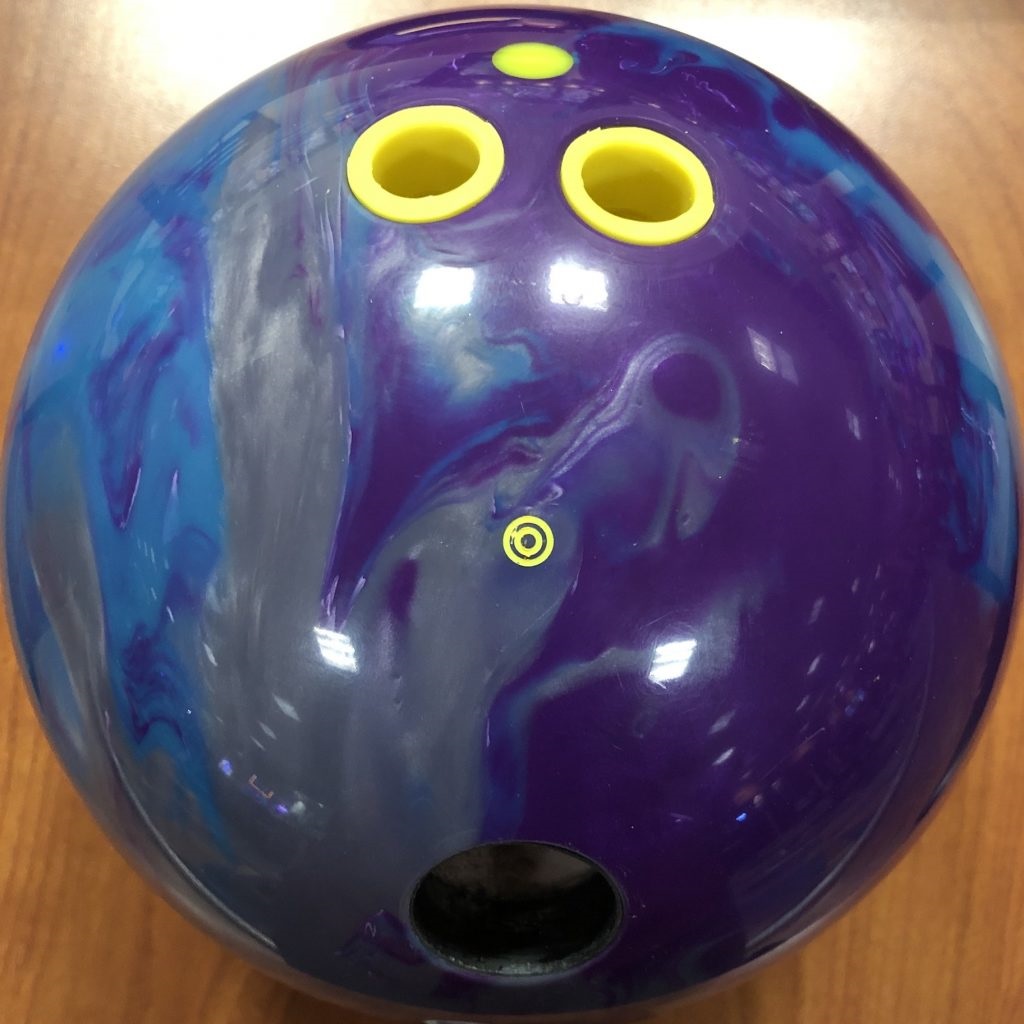 Materials That Influence Bowling Ball Weight
Materials That Influence Bowling Ball Weight
Modern bowling balls are not made of solid stone or wood anymore. Today, they use advanced composite materials. These affect both weight and performance. Core design and coverstock play key roles.
The core is the inner part of the ball. It determines weight distribution. Symmetrical cores offer steady rolls. Asymmetrical ones create aggressive hooks. Manufacturers shape cores to match skill levels.
Coverstock refers to the outer layer. Polyester balls are smooth and light. Urethane versions grip better and weigh slightly more. Reactive resin types are heaviest. They dig into oil for stronger backend motion.
Particle-enhanced balls add friction. Tiny materials mixed into the coverstock increase traction. These tend to be denser and heavier.
Some balls have hybrid constructions. They blend materials to balance weight and reaction. This allows customization for different lane patterns.
Even within the same weight class, density varies. A 14-pound urethane ball may feel lighter than a 14-pound reactive ball. This is due to internal mass placement.
Therefore, two balls of equal weight behave differently. Always consider material alongside pounds. Knowing this helps answer how heavy is a bowling ball in practical terms.
Youth and Senior Bowling Ball Considerations
Young bowlers need special attention when selecting weight. Their muscles and joints are still developing. Using a ball that’s too heavy causes strain. It can lead to long-term shoulder or wrist issues.
Children under 70 pounds should start with 6 to 8-pound balls. Those between 70 and 100 pounds can move to 10 or 11 pounds. Growth charts help track progress.
Many youth leagues enforce weight limits. They prioritize safety and fair play. Parents should follow these guidelines strictly.
Seniors also benefit from lighter options. Arthritis or reduced strength makes heavy lifting difficult. A 10 to 12-pound ball maintains effectiveness without stress.
Finger hole layout becomes more important with age. Proper spacing reduces grip pressure. Custom drilling ensures comfort and control.
Adaptive equipment exists for those with disabilities. Lightweight balls with ergonomic handles improve accessibility.
Both groups should focus on form over force. Technique beats raw power in long-term success.
Thus, how heavy is a bowling ball must be viewed through individual needs. Age and physical condition matter greatly.
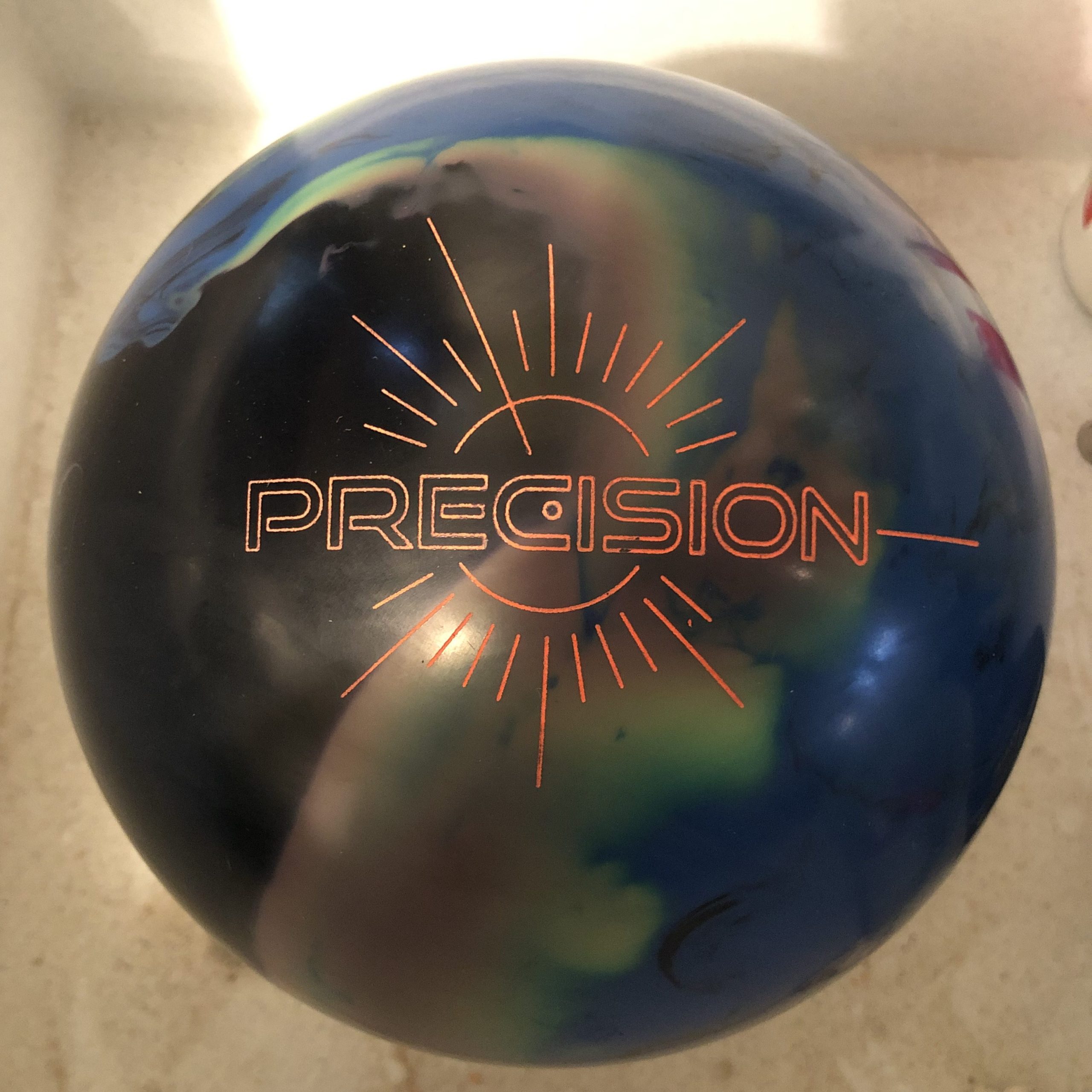 Custom-Fitted Bowling Balls and Drilling Impact
Custom-Fitted Bowling Balls and Drilling Impact
Owning a personal bowling ball changes the game. It fits your hand perfectly. More importantly, it matches your preferred weight and style. But customization goes beyond just pounds.
Drilling affects balance and feel. Finger holes shift the center of gravity. As a result, the ball reacts differently on the lane.
Pro shops measure hand size and span. They determine optimal hole depth and angle. This ensures a secure yet comfortable grip.
Weight blocks inside the ball respond to drilling. Misaligned holes reduce hook potential. Accurate placement enhances performance.
Some players remove ounces during drilling. They request thumbless layouts or counterbalance holes. These tweaks fine-tune reaction.
Custom balls come in specific weights. You choose exactly how heavy is a bowling ball. No guessing with rental gear.
Also, surface finish can be adjusted. Smoother finishes reduce friction. Rougher ones increase hook. This complements weight choice.
Investing in a fitted ball improves consistency. It supports muscle memory and repetition. Over time, scores rise due to better control.
How to Test and Choose the Right Bowling Ball Weight
Choosing the right weight requires hands-on testing. Never decide based on recommendation alone. Personal feel matters most.
Start by holding different balls at the counter. Pick up a 12, 14, and 16-pound option. Notice how each feels in your hand.
Then, walk a few steps with each. A proper ball should not pull your arm down. Your wrist should stay stable.
Next, bowl a few frames with each weight. Focus on release and follow-through. Does your arm tire quickly? Are you losing accuracy?
Pay attention to post-game soreness. Shoulder or elbow pain means the ball is too heavy. Mild fatigue is normal. Sharp discomfort is not.
Try swinging the ball ten times without throwing. If your arm shakes, it’s too heavy. You should complete the motion smoothly.
Ask a coach or pro shop operator for feedback. They observe mechanics others miss. Their input adds value.
Remember, consistency beats power. A lighter ball thrown well beats a heavy one flung wildly. Therefore, test thoroughly before deciding.
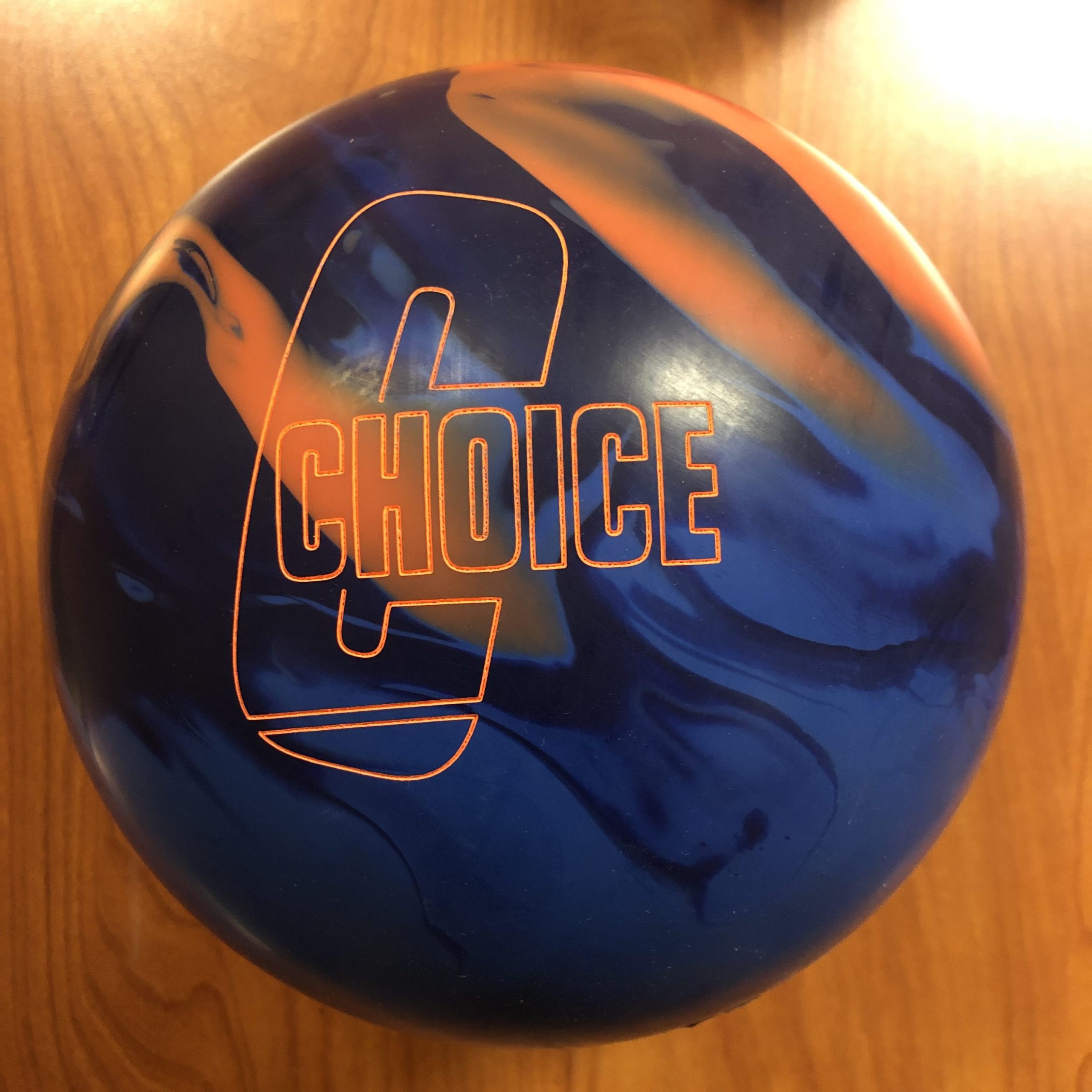 Differences Between House Balls and Personal Balls
Differences Between House Balls and Personal Balls
House balls are shared by many players. They come in fixed weights and sizes. Most range from 8 to 16 pounds. While convenient, they have drawbacks.
First, finger holes don’t fit everyone. Ill-fitting holes cause slipping or squeezing. This leads to poor throws and hand strain.
Second, surface wear builds up over time. Scratches and oil absorption dull performance. Even cleaning doesn’t restore original reaction.
Third, weight distribution may be uneven. Years of use warp internal balance. This affects roll predictability.
Personal balls solve these issues. They’re drilled specifically for you. The weight is chosen intentionally. Surface maintenance is easier.
You also control storage conditions. Keeping your ball at home avoids temperature swings. Extreme heat or cold damages materials.
Additionally, personal balls allow brand and model selection. You can pick based on lane type or playing style.
Although more expensive, they offer long-term benefits. Improved scores and reduced injury risk justify the cost.
So, while house balls answer how heavy is a bowling ball temporarily, owning one gives lasting advantage.
Frequently Asked Questions About Bowling Ball Weight
How heavy is a regulation bowling ball?
Regulation balls max out at 16 pounds. There is no minimum, but 6 pounds is typical for kids.
Can I use a 16-pound ball if I’m small?
Yes, if you can handle it safely. Strength and technique matter more than size.
Do heavier balls always strike more?
Not necessarily. Poor form with a heavy ball reduces accuracy. Consistency matters most.
Why do some pros use 14 or 15 pounds instead of 16?
They prioritize control and rev rate. Lighter balls allow faster arm speed.
Does ball weight affect spin?
Indirectly. Heavier balls resist change in direction. Lighter ones react quicker to wrist action.
Can I lose weight from bowling regularly?
Yes. Bowling burns 150–300 calories per hour. It also builds arm and core strength.
Are all 14-pound balls the same weight?
They are close, but manufacturing tolerances allow slight differences.
What happens if my ball is too heavy?
You may develop poor form, fatigue fast, or risk joint injury over time.
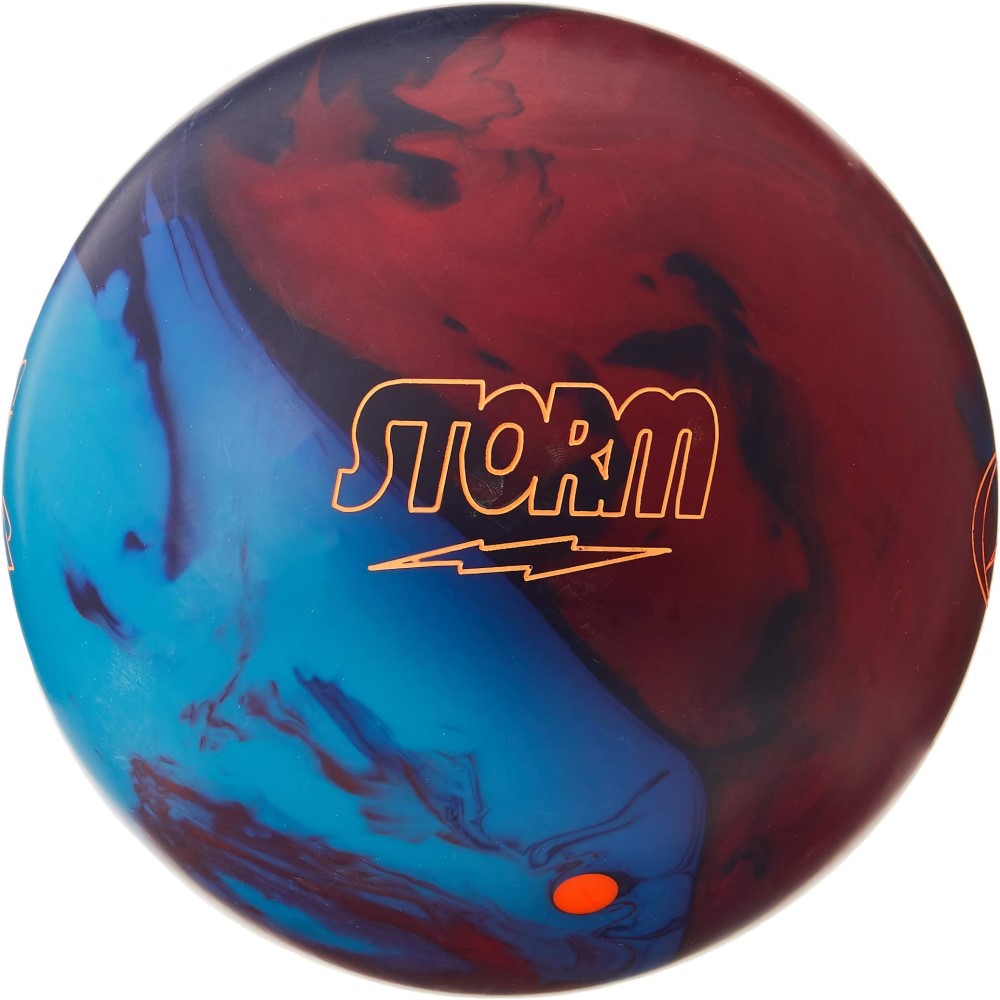 Final Thoughts
Final Thoughts
Understanding how heavy is a bowling ball is essential for every player. It influences power, accuracy, and long-term health. Whether you’re a child, adult, or senior, the right weight improves your game. Factors like material, drilling, and usage context all play a role. House balls offer temporary solutions. Personalized balls deliver consistent results. By testing options and listening to your body, you find the ideal match. Skill grows when equipment supports your natural motion. Therefore, never underestimate the importance of weight selection. From casual fun to competitive leagues, how heavy is a bowling ball remains a foundational question. Answer it wisely, and enjoy better performance on the lanes.